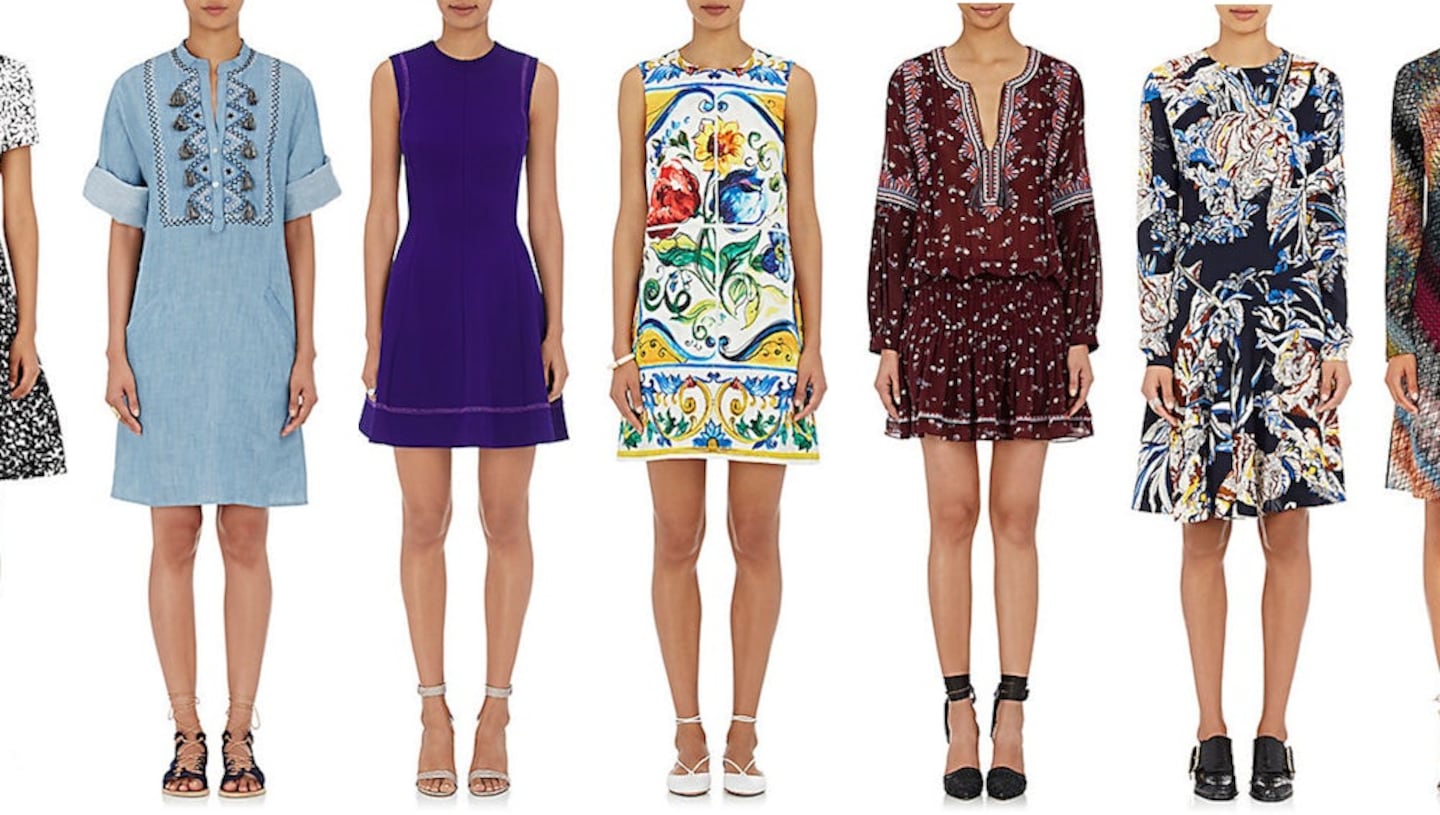
The Business of Fashion
Agenda-setting intelligence, analysis and advice for the global fashion community.

Agenda-setting intelligence, analysis and advice for the global fashion community.

LOS ANGELES, United States — When LA-based designer Yael Aflalo started Reformation in 2009, she planned to move away from the restrictive wholesale model that plagued Ya-Ya, her now-defunct contemporary line. Initially, that meant selling clothes directly to consumers through her brick-and-mortar store on New York's Lower East Side. But it also meant shortening the supply chain by establishing her own production. "In the beginning, we would make clothes every day and, at the end of the day, put those clothes in the store," Aflalo recalls.
She has since refined the process, introducing a mini-collection of about 15 new styles every Monday, available both in-store and online. (That adds up to about 45 to 60 new items per week, as most styles are available in several different fabrications and colors). Each mini-collection has a concept, which is marketed through newsletters, social media the company’s website. A recent example — labelled “New This Week: It’s F*cking Cold” — featured long coats and denim worn with alpaca scarves and sweaters.
While many retailers have long ago shelved — or discounted — their winter wares, they are still selling at full price on thereformation.com. The lead time for individual collections is two to five weeks, compared to the traditional six months or more. This shortened cycle also allows Aflalo to better respond to market feedback: she can do a small run of a piece and, if it’s received well, produce more almost instantly.
To keep her attention, there has to be fresh goods with new deliveries. We live in an ADD (attention deficit disorder) society.
“When you think about it, making 150 things at once is crazy,” Aflalo says. “Doing it nice and even gives our customer a reason to go look at least once a week.” It’s about creating a cadence of product drops that’s less about shopping the traditional four seasons and more like a constant feed of ‘buy now, wear now’ items, appealing to consumers whose appetite for newness is increasingly influenced by the pace of their social media feeds. As Aflalo puts it, “Newness wins.” And more and more retailers are speeding up their operations to keep up.
ADVERTISEMENT
The concept is not entirely new, of course. Fast-fashion retailer Zara is a master of offering consumers a near-constant stream of newness. Several Internet-born retailers have also embraced a faster fashion cycle. Everlane, a San Francisco-based start-up selling minimalist basics, drops one or two new products every week or so.
But the longer and more complex the supply chain, the harder it is for retailers and brands to break away from the traditional retail cycle. “The number one thing facing the industry right now is timing,” says Marshal Cohen, chief analyst at market research firm NPD. “Consumers today buy what they need when they need it.” For retailers and brands that operate within the traditional wholesale model, that presents a challenge. “Consumers have changed the way they shop. But retail has not changed. It needs to be more in sync.”
For Tamara Mellon, getting retailers to accelerate the way they work is a constant challenge. The Jimmy Choo co-founder launched her namesake brand in 2013 with 'buy now, wear now' ready-to-wear and accessories. Mellon's collections drop monthly, instead of quarterly, but she finds it a challenge to get some stores to agree to working with 12 deliveries a year. "It is difficult for department stores to fully adopt the updated distribution cycle," Mellon says. "We have seen great success online with our own e-commerce and with forward-thinking retail partners like Net-a-Porter. The consumer has fully-embraced the 'buy now, wear now' approach, but department stores have been more reluctant to follow suit."
Neiman Marcus, which has carried Mellon’s collection from the start, is trying to embrace change. At the contemporary price point, Neiman encourages brands to split their collections into eight to ten (or sometimes twelve) deliveries. “We have a very engaged customer who visits our stores weekly,” says Ken Downing, fashion director and executive vice president at Neiman Marcus. “To keep her attention, there has to be fresh goods with new deliveries. We live in an ADD (attention deficit disorder) society, with the iPhone, iPad, Instagram. We like immediate gratification and visual stimulation. At Neiman, that means new, exciting clothes.”
“Brands overall are delivering much faster,” says Sandra Halliday, editor in chief at Stylus Fashion. “They’re treating product as news, adjusting their scheduling to the way the customer looks at it.”
The British musician will collaborate with the Swiss brand on a collection of training apparel, and will serve as the face of their first collection to be released in August.
Designer brands including Gucci and Anya Hindmarch have been left millions of pounds out of pocket and some customers will not get refunds after the online fashion site collapsed owing more than £210m last month.
Antitrust enforcers said Tapestry’s acquisition of Capri would raise prices on handbags and accessories in the affordable luxury sector, harming consumers.
As a push to maximise sales of its popular Samba model starts to weigh on its desirability, the German sportswear giant is betting on other retro sneaker styles to tap surging demand for the 1980s ‘Terrace’ look. But fashion cycles come and go, cautions Andrea Felsted.